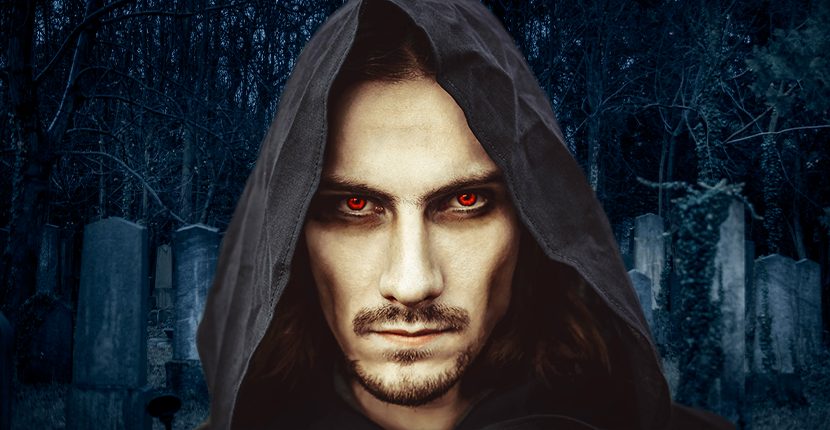Nowadays vampires, undead beings that terrorize the living through haunting and feeding on their blood, are creatures that populate only the realm of fiction. However, throughout history, vampires have been a vital part of European folklore, seen as a genuine threat, particularly by the common folk. People performed various rituals to protect themselves from vampires bringing fear and misery into their lives and the lives of their loved ones.
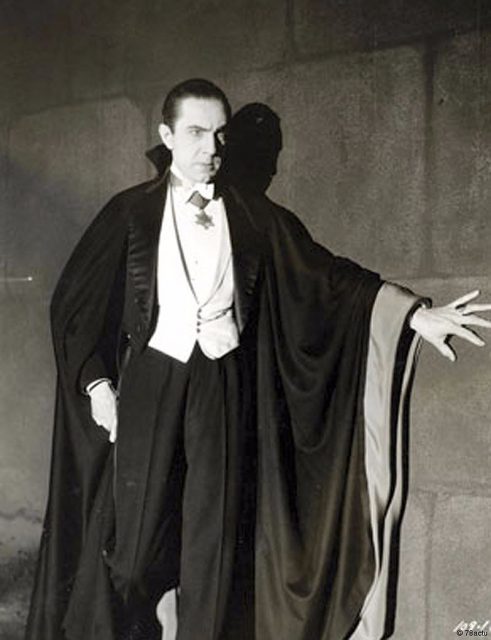
Ever since Bram Stoker’s globally-popular Gothic horror novel “Dracula” was first published in 1897, vampires have commonly been associated with Transylvania, a mountainous historical region in present-day central Romania that was once home to Vlad the Impaler, an exceptionally cruel, yet successful, medieval warlord known for his horribly gruesome methods of torture and execution which included impaling enemies on large wooden stakes.
Still, the famous Transylvanian ruler is merely one of the numerous European archetypal vampires: almost every European country has its own gloomy legends, tales, and traditions that involve the bloodthirsty undead.
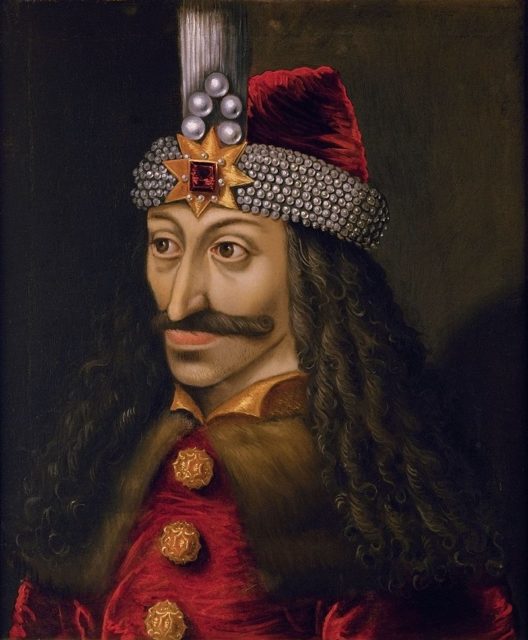
Bulgaria, Romania’s southern neighbor, has a long history of battling supposed vampirism. During the Middle Ages and the Early modern period, it was not unusual for Bulgarian villagers to believe that dead people might rise from their graves in vampiric form and roam the fields, forests, and villages in search of human prey.
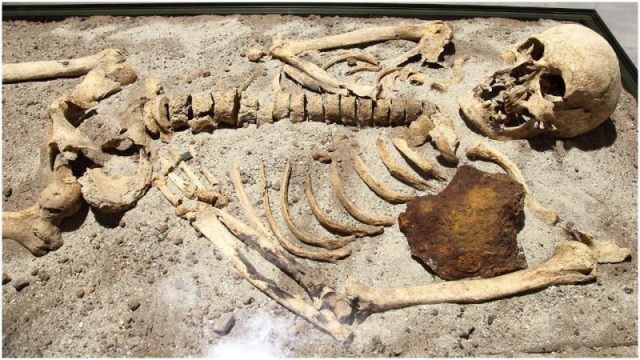
This widespread belief likely arose from a strange combination of pagan, Ottoman, and Orthodox Christian traditions: according to legends, the dead were known to turn into the frightening undead for several reasons – they had either been cursed by dark magic, they hadn’t managed to atone for their sins before dying, or they had spent their lives collaborating with the Devil and performing evil deeds.
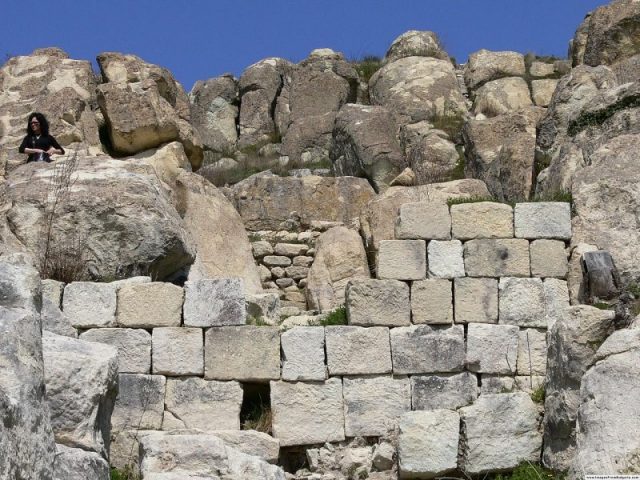
In order to stop the recently deceased members of their communities from coming back to life as malevolent vampires, the villagers often performed a ceremonial anti-vampire ritual that might appear as ridiculously dark as the concept of vampirism itself: during or after the funeral of a person who was suspected of one of the aforementioned wrongdoings, the villagers would sprinkle the corpse with holy water and drive a wooden or iron stake through the deceased’s heart.
Nosferatu – The first Vampire?
In the past 20 years, archaeologists have unearthed dozens of remains of such dead bodies all over Bulgaria: some have been found near the coastal town of Sozopol, a popular tourist destination, some have been discovered near Perperikon, the ruins of an ancient Thracian city and the largest megalith ensemble in the entire Balkans. Then in September of 2013, one particularly interesting vampire skeleton was unearthed in Nessebar, another town on the coast of the Black Sea.
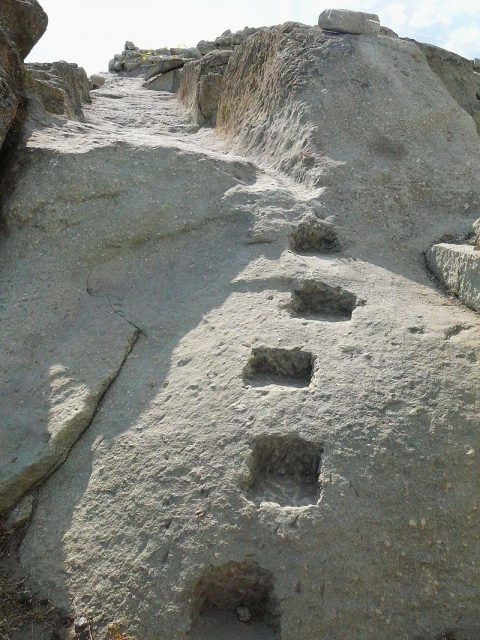
In virtually all European countries, anti-vampire funeral practices were abandoned by the early decades of the 20th century, even in rural areas. However, as claimed by Nikolay Ovcharov, a Bulgarian archaeologist also known as the “Bulgarian Indiana Jones”, some communities in the rural parts of Bulgaria have held onto this macabre tradition until as recently as the mid-1980’s.
According to Ovcharov, although such obsolete medieval beliefs might be considered ludicrous by today’s standards, they were rooted so deeply in the foundations of Bulgarian folk traditions that they weren’t so easy to extinguish, and it is quite probable that some remote communities performed such superstitious rituals up until 30 years ago.
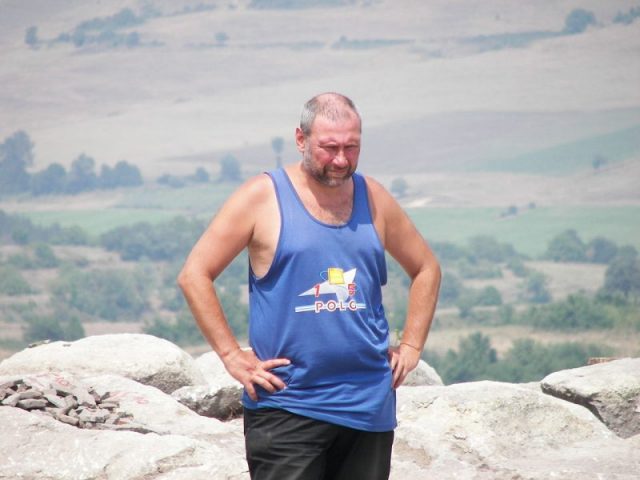
In the world of today, many superstitions and traditional beliefs have been replaced by modern lore, urban legends, and customs that have appeared and spread through globalization and the onset of the digital age.
Read another story from us: The Original Vampire: Before Count Dracula, there was Lord Ruthven
Still, weird traditional practices such as the anti-vampire rituals that once permeated throughout Europe should not be completely forgotten, as they might sometimes remind us of a bygone age when people saw the world as an enchanted place full of strange mysteries and unknown, esoteric forces that didn’t always conform to reason or any known natural law.
Domagoj Valjak is freelance writer with a master’s degree in English and comparative literature, He has contributed to Taste of Cinema and The Vintage News.
